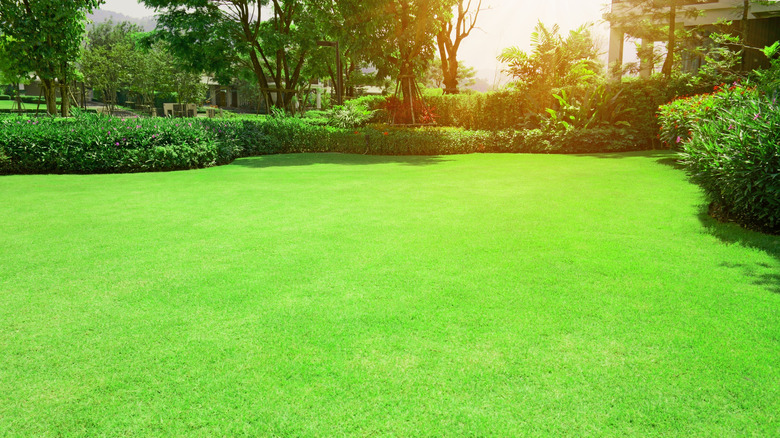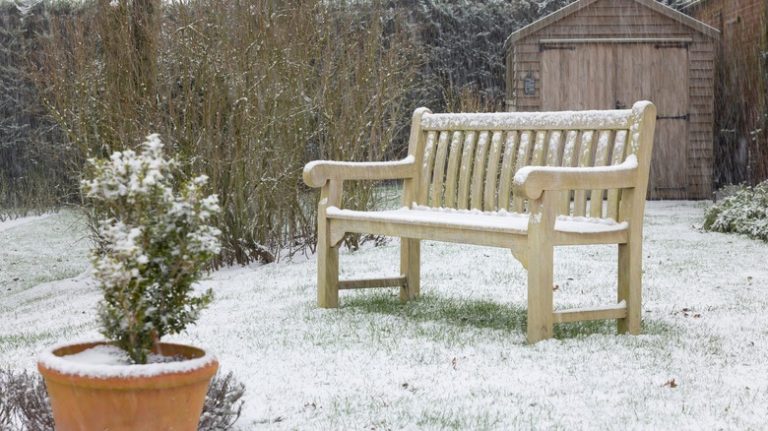Mulching is an indisputable cornerstone of gardening. It helps conserve soil moisture, control weeds, prevent erosion, and enrich soil nutrients. This cover acts as a protective shield, defending the soil from harsh elements and providing numerous advantages to many plants. However, this one-size-fits-all approach doesn’t necessarily suit all plant species. As you explore various strategies to enhance your garden’s vitality, it’s crucial to consider the specific needs of each plant. A point, in this case, is the reconsideration of mulching for plants that spread by creeping stems.
Plants that propagate through creeping stems, also known as stolons or runners, have a distinct growth mechanism. These types of plants utilize their ability to spread horizontally, snaking across the surface of the soil. This is especially true for turf grasses like Bermuda grass, which is a popular choice for many garden lawns or ground covers.
Periodically along the stem, such plants set down roots, anchoring themselves and continuing their spread. These stems often stay close to the ground, and at various points along the stem, nodes form. These nodes can develop roots when they come into contact with the soil, thereby anchoring the plant and allowing it to spread further. This spreading habit enables them to cover vast areas effectively, creating lush, green carpets that are a delight to behold. Yet, when you spread mulch over these plants, you inadvertently invite many problems. Understanding these problems will help you make informed decisions about the use of mulch in your garden.
Why mulching plants with creeping stems is not a good idea

As mentioned, plants with creeping stems expand their reach by growing horizontal stems that extend outward from the base of the plant. In normal circumstances, mulch acts as a physical barrier, impeding contact between the stem nodes and the soil. However, when you apply mulch around plants with creeping stems, these plants may still attempt to spread as per their nature. Although the mulch might slow down the creeping process, it’s usually not a completely impenetrable barrier. Over time, the plant can creep across the mulch surface, pushing down roots wherever the nodes manage to reach the soil.
A more worrying concern when mulching plants that spread through creeping stems is the increased risk of disease if the stems come into direct contact with the mulch. Turf grasses like Bermuda grass, for instance, favor well-aerated, dry to moderately moist soil conditions. However, mulch tends to retain moisture, creating a damp environment that may become a breeding ground for fungi and pests. Afflictions such as brown patch disease are common in lawns where the grass is unable to breathe properly. These diseases can lead to unsightly patches or, worse, the death of your grass.
How to manage plants with creeping stems when mulching
While mulch is a popular choice for managing the landscape, it might not be the best fit for plants that propagate through creeping stems. Rather than relying on mulch, other methods can offer more effective control over these sprawling plants. A popular and highly recommended method among garden enthusiasts and experts is edging. This technique involves forming barriers that curtail your plants’ lateral expansion. You’re more or less creating a defined boundary that prevents these hardy plants from encroaching on areas where they’re not wanted. This helps maintain a tidy and structured appearance in your garden.
On the other hand, if you prefer a more active role in managing your creeping plants, consider creating a trench around the edges of your garden beds. This straightforward but effective strategy can serve as a buffer zone between your plants and the surrounding area. The trench acts as a vigilant lookout, alerting you to any ambitious stems that are attempting to extend their territory into the mulch or beyond. You can promptly remove these adventurous runners as soon as you spot them.
Such hands-on management helps keep the spread of these plants in check. But more than just controlling them, it provides an opportunity for you to intimately understand the habits and growth patterns of your plants. You become more in tune with the rhythms and dynamics of your garden, allowing you to react promptly to changes and maintain a healthy, balanced green space.
